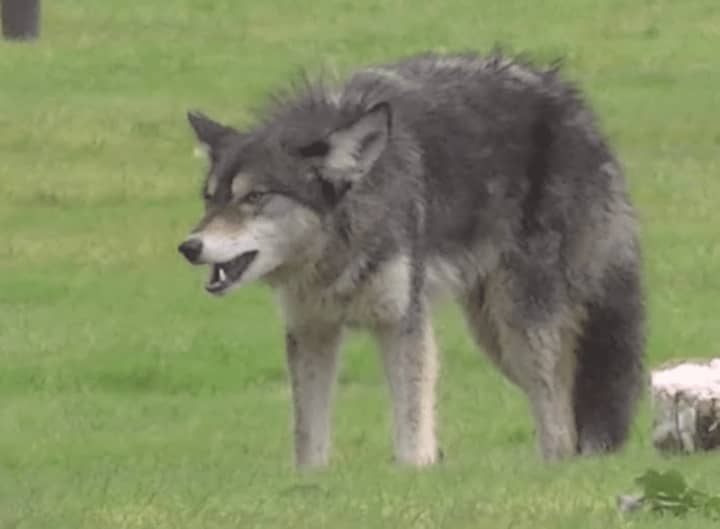Police in the area noted that “during this time of year, we tend to have an increase in coyote sightings. From March to May, coyotes typically have their pups and begin to look for more food. It’s important to know that coyotes are not exclusively nocturnal.”
Officials said that “with the onset of warmer weather, many resident coyotes will set up dens for pups that will arrive this spring. Coyotes are well adapted to suburban and even some urban environments, but for the most part they will avoid contact with people.
“However, conflicts with people and pets may result as coyotes tend to be territorial around den sites during the spring through mid-summer period as they forage almost constantly to provide food for their young.”
"Coyotes are an integral part of our natural ecosystem and provide many benefits to New Yorkers, but can cause conflicts if they become accustomed to human interaction and food sources," New York State DEC Commissioner Basil Seggos stated. "We strongly encourage all New Yorkers to do their part and follow our common sense tips to ensure coyotes remain wary of people and minimize the chance of conflicts.”
In response to the change in weather, the DEC has issued a series of tips to reduce the risk of a potential coyote incident:
- Do not feed coyotes and discourage others from doing so.
- Unintentional food sources attract coyotes and other wildlife and increase risks to people and pets.
- Do not feed pets outside.
- Make any garbage inaccessible to coyotes and other animals.
- Fence or enclose compost piles so they are not accessible to coyotes.
- Eliminate the availability of bird seed. Concentrations of birds and rodents that come to feeders can attract coyotes. If you see a coyote near your birdfeeder, clean up waste seed and spillage to remove the attractant.
- Do not allow coyotes to approach people or pets.
- Teach children to appreciate coyotes from a distance.
- If you see a coyote, be aggressive in your behavior - stand tall and hold arms out to look large. If a coyote lingers for too long, then make loud noises, wave your arms, and throw sticks and stones.
- Do not allow pets to run free. Supervise all outdoor pets to keep them safe from coyotes and other wildlife, especially at sunset and at night. Small dogs and cats are especially vulnerable to coyotes.
- Fenced yards may deter coyotes. The fence should be tight to the ground, preferably extending six inches below ground level and taller than four feet.
- Remove brush and tall grass from around your home to reduce protective cover for coyotes. Coyotes are typically secretive and like areas where they can hide.
- Contact your local police department and DEC regional office for assistance if you notice that coyotes are exhibiting "bold" behaviors and have little or no fear of people. Seeing a coyote occasionally throughout the year is not evidence of bold behavior.
- Ask your neighbors to follow these same steps
"The Eastern coyote can be found in rural farmlands and forests, and occasionally in populated suburban and urban areas. In most cases, coyotes avoid people as much as possible. In fact, coyotes can provide many exciting opportunities. However, if coyotes learn to associate people with food - such as, garbage or pet food - they may lose their natural fear of humans, and the potential for close encounters or conflicts increases."
Click here to follow Daily Voice Armonk and receive free news updates.


